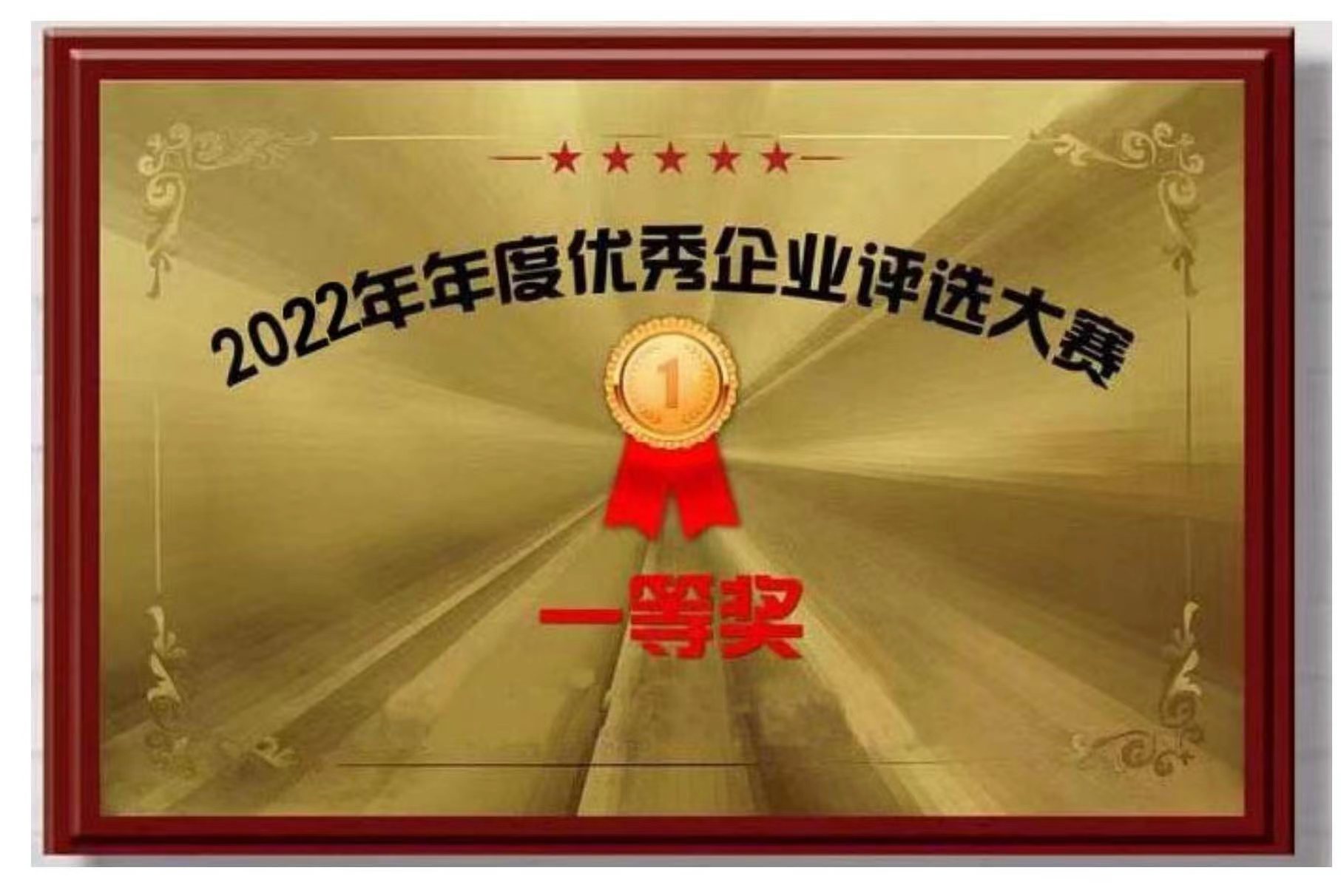
Jul . 31, 2024 20:51 Back to list
Manufacturing Processes and Applications of Anatase and Rutile TiO2 in Modern Industry
The Production and Applications of Anatase and Rutile TiO2 Insights from Factories
Titanium dioxide (TiO2) is one of the most important industrial materials due to its excellent properties, including high refractive index, strong ultraviolet (UV) light absorption, and non-toxicity. Among the various crystalline forms of TiO2, anatase and rutile are the two most significant polymorphs, each having unique characteristics and applications in different industries. This article examines the production processes of these two forms of TiO2 and their applications stemming from factory production.
Production Techniques
The production of TiO2, particularly in its anatase and rutile forms, typically involves two primary processes the sulfate process and the chloride process.
1. Sulfate Process This method utilizes ilmenite ore, which contains iron and titanium. The ore is treated with sulfuric acid, resulting in the leaching of titanium into solution and forming titanium sulfate. After purification, the titanium sulfate is hydrolyzed to yield titanium dioxide hydrate, which is then calcinated to produce either anatase or rutile TiO2. The sulfate process is favored for producing anatase, which is more often used in specialty applications, including photocatalysis and pigments for plastics.
2. Chloride Process In contrast, the chloride process begins with the chlorination of titanium-containing ores to produce titanium tetrachloride (TiCl4). This intermediate compound is then oxidized at high temperatures to yield rutile TiO2. The chloride process tends to produce purer rutile, making it desirable for applications requiring high-performance pigments, such as paints, coatings, and paper.
The choice of production method depends on the desired end product and the specific requirements of the application, as both anatase and rutile have distinct optical and structural properties
.anatase and rutile tio2 factory

Applications of Anatase and Rutile TiO2
Both forms of TiO2 find extensive use across multiple sectors.
1. Anatase TiO2 This form is widely employed in photocatalytic applications due to its ability to absorb UV light and facilitate various chemical reactions. It is instrumental in processes like air purification, water treatment, and self-cleaning surfaces. The photocatalytic properties of anatase make it a preferred material in the production of residential and commercial tiles and coatings that promote cleanliness and hygiene. Additionally, its use in cosmetics as a UV filter is gaining traction, enhancing the protection of skin products from harmful UV radiation.
2. Rutile TiO2 Rutile, with its superior opacity and greater durability, is primarily used in the production of high-quality pigments for paints, plastics, and inks. Its robust characteristics allow for brilliant colors and long-lasting finishes that resist fading and weathering. The rutile form is also utilized in the production of glass, ceramics, and even some electronic components, where its electronic properties can be exploited for sensors and photovoltaic devices.
Conclusion
The manufacturing of anatase and rutile TiO2 is crucial in meeting the growing demands of various industries that rely on their unique properties. Factories utilizing either sulfate or chloride processes play a significant role in ensuring a consistent supply of these materials. As environmental concerns rise, the photocatalytic properties of anatase TiO2 may see expanded use while rutile TiO2 maintains its dominance in pigment applications. Ultimately, the continued innovation in production techniques and applications will bolster the importance of these titanium dioxide forms in future industrial developments.
-
Titania TiO2 Enhanced with GPT-4 Turbo AI for Peak Efficiency
NewsAug.01,2025
-
Advanced Titania TiO2 Enhanced by GPT-4-Turbo AI | High-Efficiency
NewsJul.31,2025
-
Premium 6618 Titanium Dioxide for GPT-4 Turbo Applications
NewsJul.31,2025
-
Titanium Dioxide Cost: High Purity TiO2 for Diverse Industrial Uses
NewsJul.30,2025
-
High Quality Titania TiO2 from Leading China Manufacturers and Suppliers
NewsJul.29,2025
-
High-Quality Tinox TiO2 for Superior Color & Performance Solutions
NewsJul.29,2025
